5 of our best tips for choosing binoculars this Black Friday
Don't rush into buying your next binoculars based on the size of the price drop — be informed and get the perfect pair for your needs.
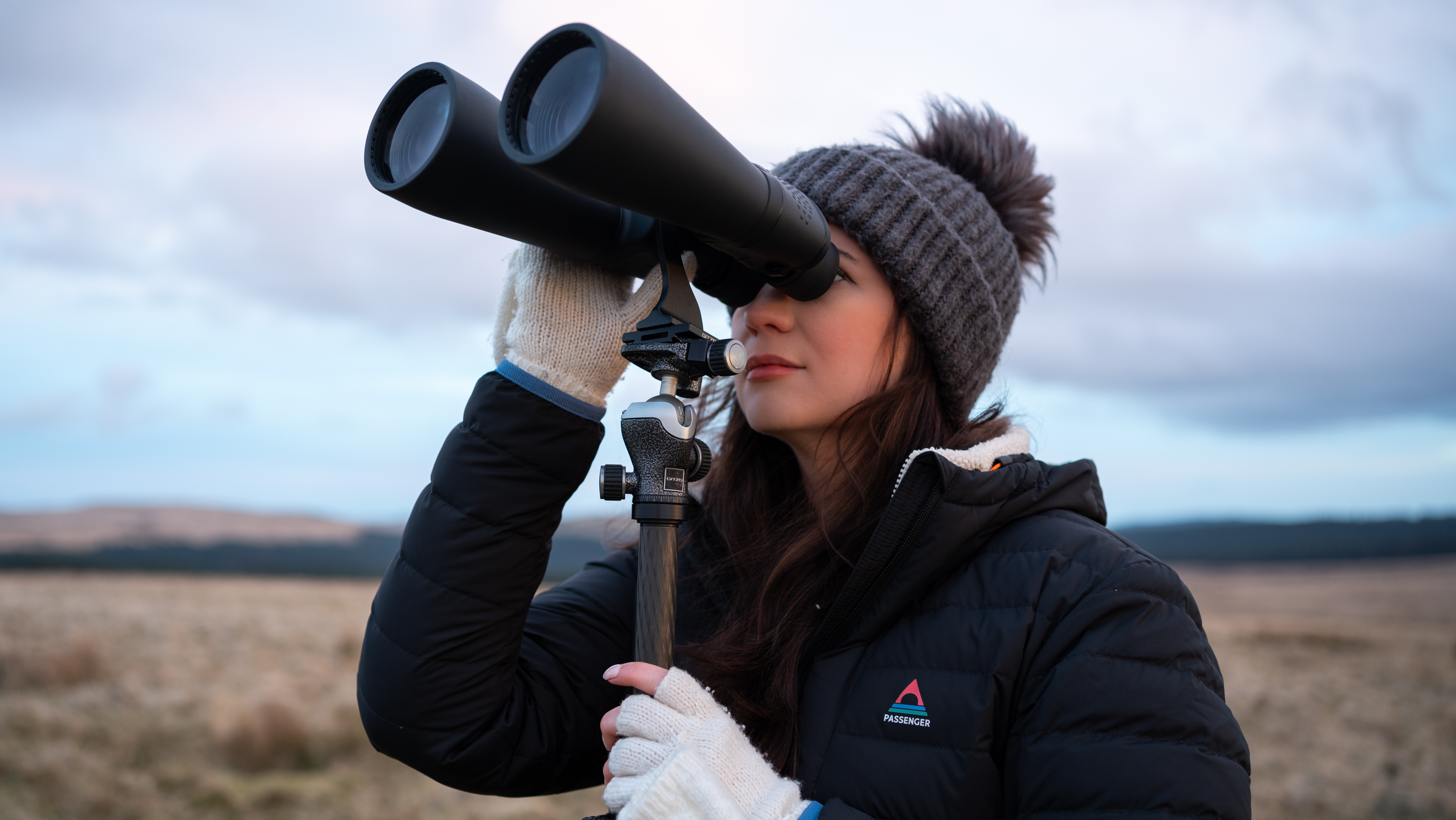
Black Friday offers a great opportunity to find genuine deals on outdoor tech and skywatching gear, including binoculars. But with so many options available, you don't want to be rushed into buying a pair just because the price has dropped — you want a quality pair that will work for you.
Our experts have put together these five tips on how to choose the right pair of binoculars for you and your personal needs, whether you need them for birdwatching or stargazing, or even need an image stabilized pair.
We will cover how to determine your primary use, how to make sense of specifications, eye relief for glasses-wearers, objective lens size and durability. If you follow these expert-curated tips, you can be confident that you will be investing in a pair that delivers value and performance long after the sales event is over.
Once you know what to look for, head over to our Black Friday hub for all the best deals.
1. Understand magnification and objective lens diameter
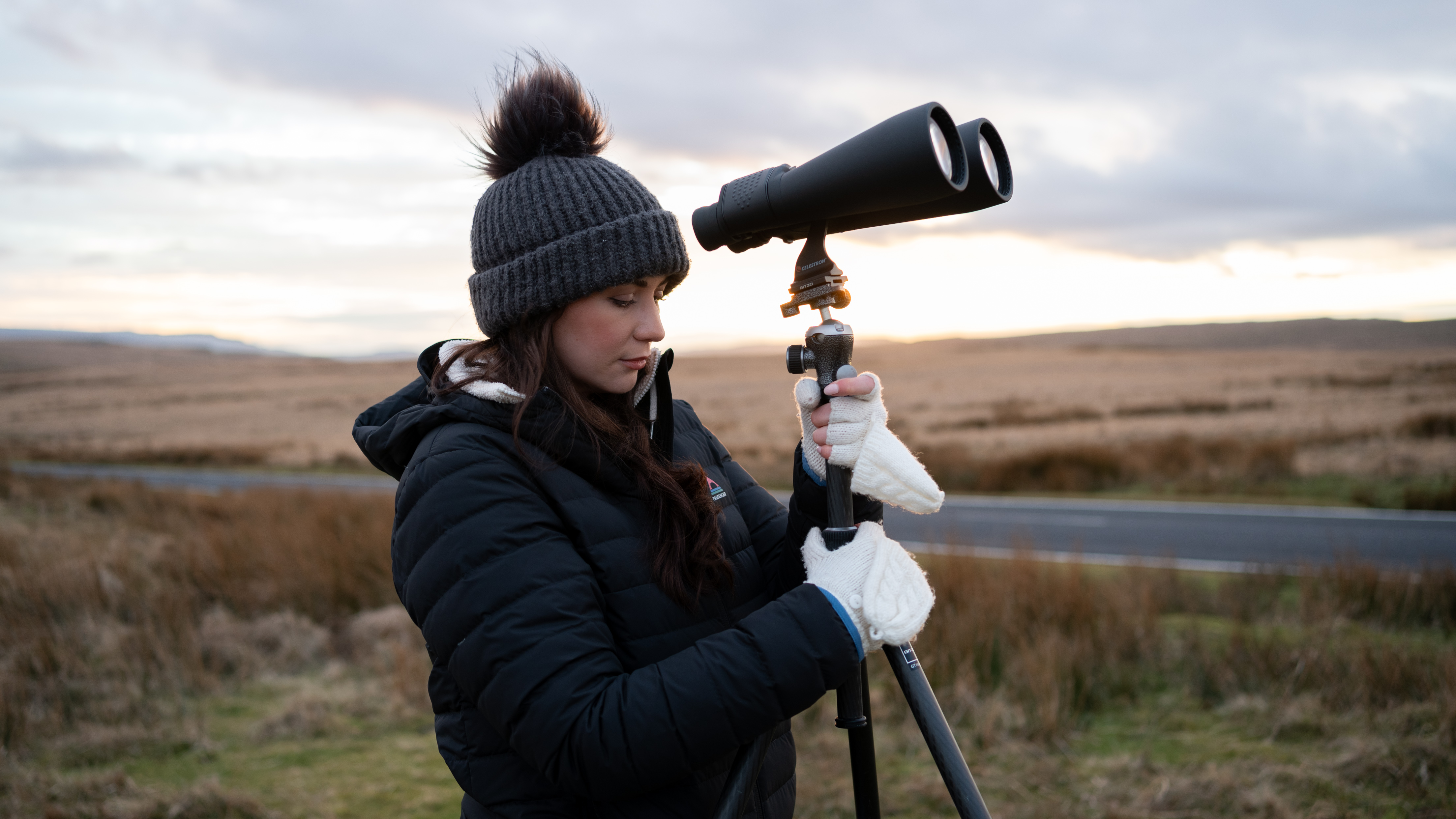
- Understand what the numbers are and what they mean
- Establish which numbers work best for your hobby
When you're shopping for binoculars, you'll notice that binocular specifications are typically written as two numbers, like the "10x42" of the Nikon Monarch HG 10x42 (which happens to sit at the top of our Best Binoculars guide) or the "20x80" of the Celestron SkyMaster Pro 20x80, which takes the number one spot in our top picks for stargazing guide.
The first number represents magnification. A 10x magnification makes an object appear 10 times closer to you than it does with the naked eye. While higher magnification might seem better (after all, you're looking for instruments that will help you see things that are further away), you also need to consider that it magnifies the movements of the binoculars too, so if you're handholding any movements or shake become magnified, making it hard to see the stars in detail.
Binoculars with very large magnifications typically have a tripod mount to help steady the image, and some newer (and more expensive) models, such as the Canon 10x42L IS WP, have built-in image stabilization. These have a gyro sensor that compensates for any exterior movement of the device, keeping your views wobble-free.
Get the world’s most fascinating discoveries delivered straight to your inbox.

A higher magnification also means a narrower field of view: You'll see less of the sky at any one time than you would with binoculars with a smaller magnification. Larger magnifications are better suited for observing star clusters, close-ups of the lunar surface and nebulas (rarely do binocular magnifications get high enough for decent planet viewing). Whereas, smaller magnifications are better for constellations and asterisms and other wide-field observing, like sweeping through the Milky Way.
The second number is the diameter of the objective lenses (the ones closest to the object you're viewing) in millimeters. The larger the lens, the greater its light-gathering ability, resulting in brighter images — ideal for wildlife watching at dawn or dusk, and skywatching. Bear in mind, though, that larger lenses use more glass, which adds to the overall weight.
2. Determine what you actually need them for
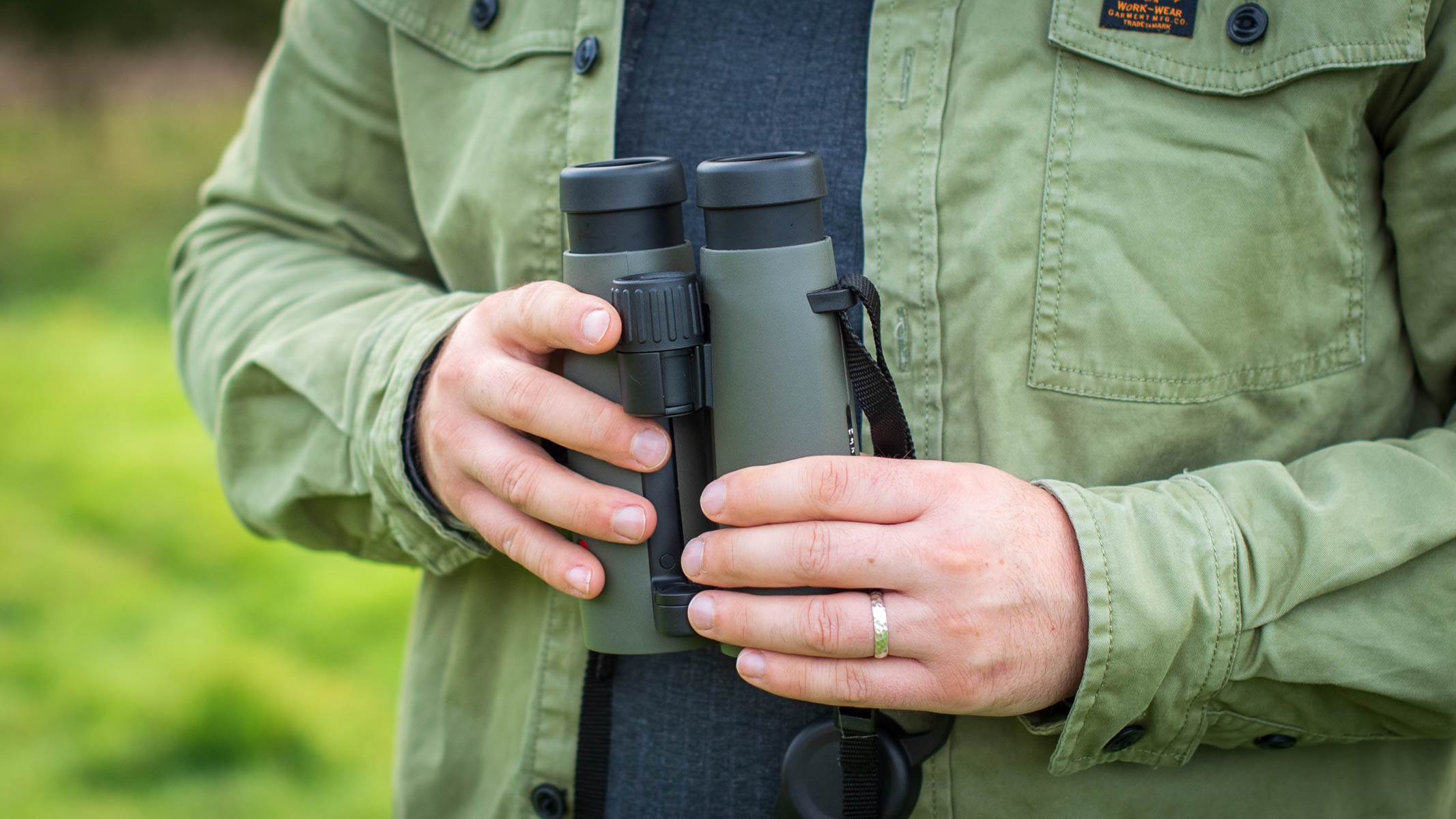
- What size is the object you are observing?
- How quickly does that object move?
- In what environment will you be using the binoculars?
Different activities and hobbies have different binocular requirements and, although you can get a "good all-rounder" like the Celestron Regal ED 10x42, certain binoculars lend themselves better to more specific needs.
If you're a birdwatcher, you'll want a wide field of view to track the fast movement of flying birds. As we have already discussed, the larger the magnification, the smaller your field of view; therefore, you'll want to keep the magnification fairly low. 8x is known as the sweet spot for birding.
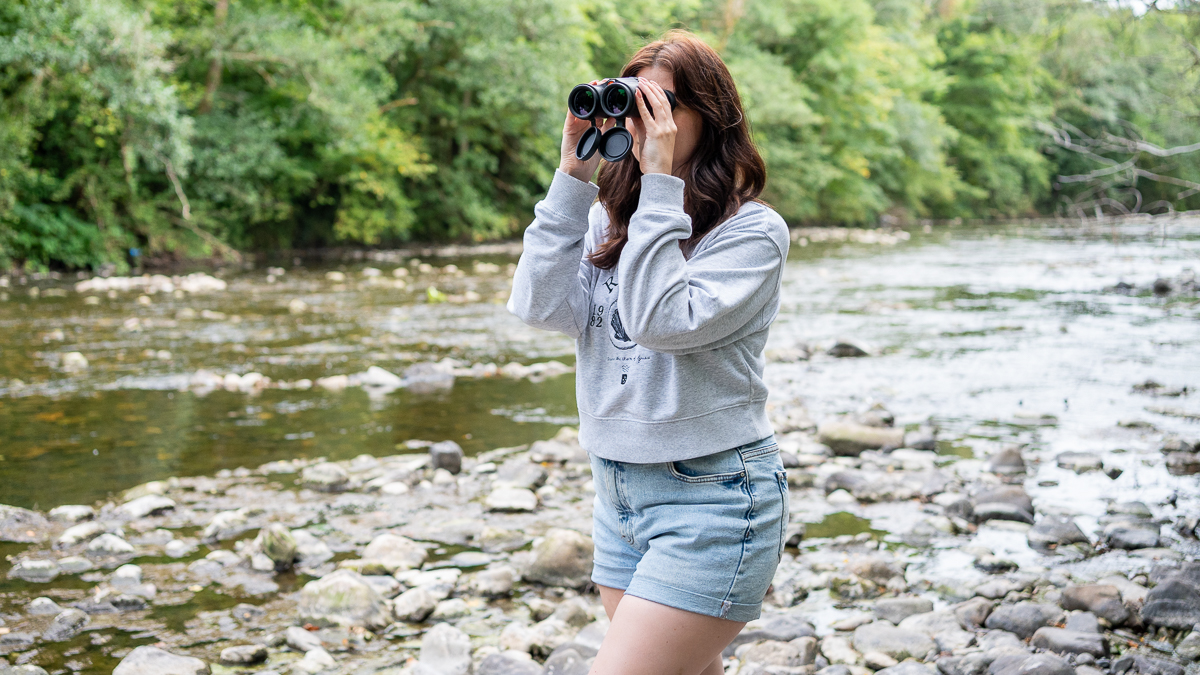
For skywatching and stargazing, you need something that lets in a lot of light — anything 50mm and above is ideal. The magnification level you want will depend on what you want to observe in the night sky and whether you want to use a tripod or not. We've compiled a comprehensive list of the best binoculars for stargazing, but the Celestron Skymaster Pro 20x80 (huge magnification and huge objective lenses) are perfect, with a tripod.
For watching occasional sports or music performances, something small and lightweight that you can keep in a pocket to pull out whenever needed is probably more suitable. You could even consider a monocular for this purpose. The Nocs Provisions 8x32 is one of our favorites.
3. Check for waterproofing and durability
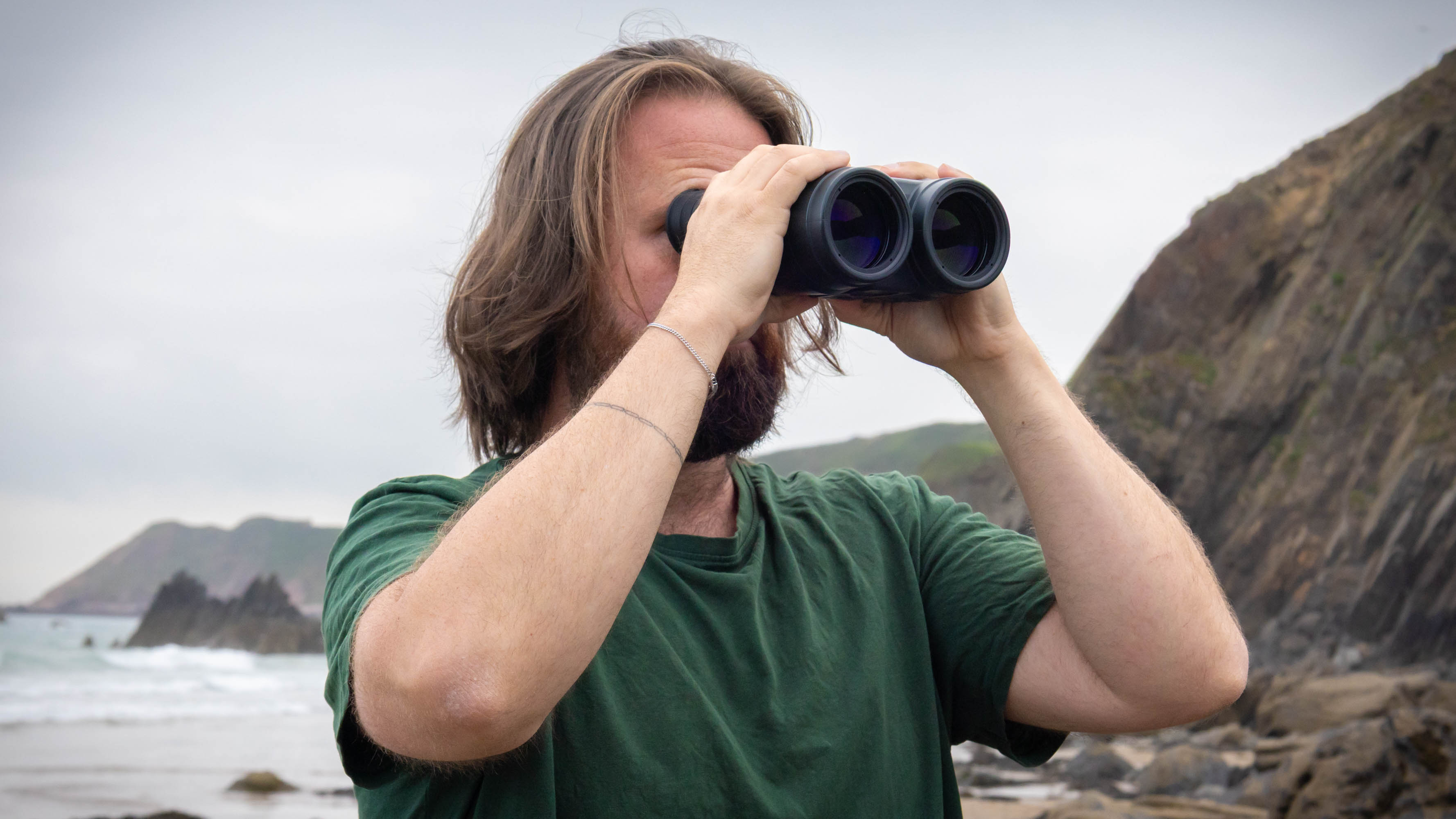
- Good quality binoculars should be waterproof and nitrogen-purged (fog-proof)
- Ensure the binoculars have a rubber-armored coating for protection
You'll largely be using your binoculars outdoors, so durability is key. Ensure your binoculars have a waterproof rating and are fog-proof. Not only is waterproofing essential for use in the rain or snow when you're nature spotting, but it also protects the binoculars in humid environments. Waterproofing isn't essential if you're only going to use them for stargazing — as you can't stargaze in the rain — but it's a much more important feature for birdwatching, where you're more likely to be caught out in a sudden downpour.
Fog-proofing (often written as "nitrogen-purged") means the internal lenses won't fog up when you move between temperatures, for example, when getting out of a warm car into the cold. This means you don't have to wait for the binoculars to de-fog before using them. Time better spent observing.
Most weatherproof binoculars will have some level of rubber-armored coating, adding protection against small bumps and knocks, and making them less slippery to hold, especially when you have wet or cold hands.
4. Don't ignore the quality of the optics

- Look for BaK-4 or ED (extra-low dispersion) glass.
- Make sure the glass is multi-coated or fully coated, with phase correction coatings on roof prism binoculars.
When it comes to binocular optics, quality matters. Typically, cheaper binoculars use lower-grade glass (like BK-7) and coatings, which can affect image quality. Look for deals on models from well-known, reputable manufacturers, as they will have put in the research and used the best quality materials (including the glass) for a given price point, ensuring good value for money.
While the specs of a mid-range pair and a budget pair from an unknown brand may look similar on paper, we can pretty much guarantee it's worth spending that extra bit and opting for the name you know (or that we've recommended).
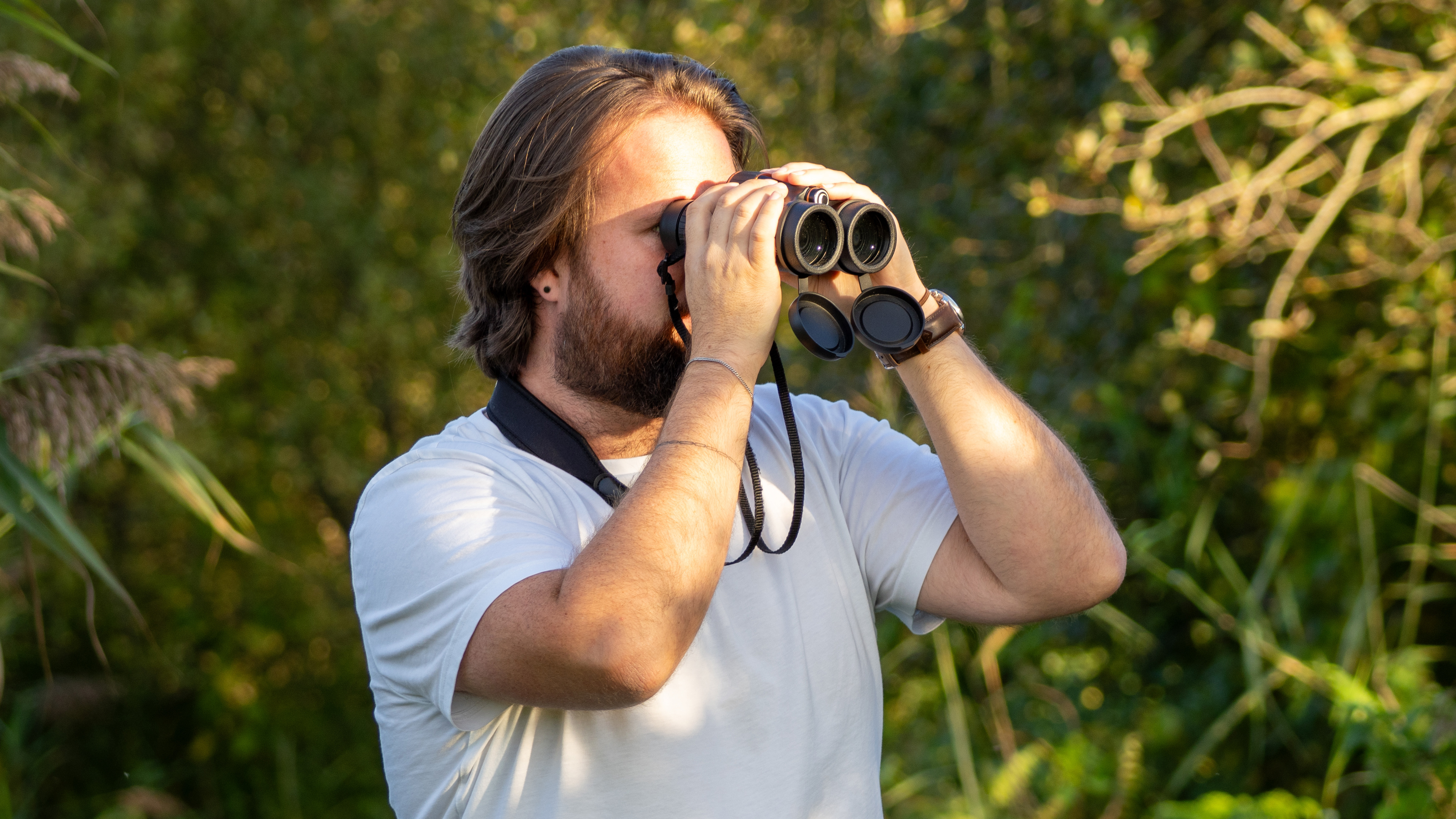
Regarding glass, if you're after a quality pair of binoculars, you will want to seek out lenses that use BaK-4 glass as a minimum standard, not BK-7. BK-7 will give you a disappointingly low-quality image. Even better glass will be listed as "ED". This means extra-low dispersion and reduces color fringing, otherwise known as chromatic aberration, whereby colored outlines appear around contrasted edges like bright stars against the night sky, or the dark undersides of birds silhouetted against the bright sky.
Key things to look out for to ensure lens quality include whether they are listed as "multi-coated" or "fully coated" lenses. Without getting bogged down in the details, lens coatings reduce internal light loss and glare and ensure even light transmission across the lens. This results in greater image sharpness and contrast.
If you want to buy roof prism binoculars (which resemble the shape of the letter H, unlike Porro prism binoculars, which resemble the letter M), ensure they have a phase-correction coating to maintain the integrity of resolution and contrast.
More expensive models also have dielectric-coated prisms for increased light transmission.
5. Check the eye relief if you wear spectacles

- Glasses wearers should look for eye relief of 15mm and above
- Remember, you might want to use your binoculars with sunglasses
Eye relief is another term you will often come across when shopping for binoculars. In short, eye relief is the distance you can hold the binoculars away from your eyes while still seeing the full field of view. Insufficient eye relief can make viewing uncomfortable and limit your visual range, particularly if you wear glasses.
It's a good idea to try the binoculars out physically if you can, though we know this isn't always possible. As a good rule of thumb, glasses wearers should look for models that offer a minimum of 15mm of eye relief for a comfortable viewing experience. We think 17mm (or more) would be ideal.
You can see the eye relief length in the statistics before each description in our best binoculars guide. The Celestron Regal 10x42 has a very generous 20.2mm eye relief, whereas the Canon 10x20 IS has just 13.5mm.

Tantse Walter is a writer, photographer, and travel enthusiast who has spent over a decade facilitating global adventurous expeditions. She loves getting into the nitty-gritty of sourcing and planning itineraries, getting out and about in nature, and admiring the night sky. She is currently a contributing writer to both Space.com and LiveScience.com.
You must confirm your public display name before commenting
Please logout and then login again, you will then be prompted to enter your display name.
